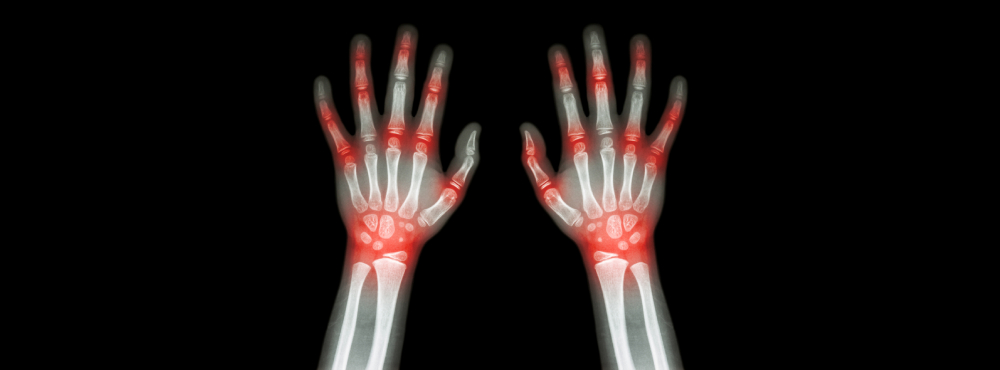Principles of Fracture Care in Orthopedics: Ensuring Strong Foundations for Healing
Fractures, also known as broken bones, are a common occurrence that necessitates specialized medical care to promote optimal healing and recovery. Orthopedic Surgery is a specialized medical field focused on musculoskeletal conditions and is the primary domain for treating fractures. Here, we will discuss the fundamental principles of fracture care in orthopedics, highlighting the essential steps and approaches for effective treatment and successful healing.
Accurate Diagnosis: The Foundation of Fracture Care
The journey to effective fracture care begins with an accurate diagnosis. Orthopedic specialists employ various imaging techniques such as X-rays, CT scans, or MRIs to assess the extent and nature of the fracture. Understanding the fracture's type, location, displacement, and associated injuries is crucial for determining the appropriate course of treatment.
Classification of Fractures: Guiding Treatment Decisions
Fractures are classified based on multiple factors, including the bone involved, the fracture pattern, and the extent of displacement. Common classifications include:
These classifications guide treatment decisions and help predict potential complications and outcomes.
Stabilization and Immobilization: Promoting Alignment and Healing
Stabilization and immobilization are critical aspects of fracture care. Orthopedic surgeons use various techniques such as casting, splinting, or surgical methods to maintain proper alignment and stability of the fractured bone. This prevents further damage and promotes your body's ability to heal naturally.
Surgical Intervention: Restoring Alignment and Stability
Some fractures require surgical intervention to place the bones back into a reasonable position and hold them in place while they heal. Orthopedic surgeons use specific implants like screws, plates, rods, or intramedullary nails to fix the fractured segments. These are customized based on your fracture location, pattern, and bone quality. The aim of surgical intervention is to regain the bone's anatomy and functionality. Occasionally, even with these treatments, patients may experience some residual pain, stiffness, and/or dysfunction.
Pain Management and Rehabilitation: Enhancing Comfort and Functionality
Effective pain management is essential throughout the healing process. Patients are provided with appropriate pain medications, and techniques like physical therapy are employed to improve mobility, strength, and function.
Early Mobilization and Weight-Bearing: Encouraging Healing and Strength
In many cases, early controlled mobilization and weight-bearing exercises are beneficial for the healing process. Controlled movement helps stimulate bone growth and prevent stiffness while gradually restoring function.
Regular Follow-up and Monitoring: Tracking Progress and Adjusting Treatment
Regular follow-up appointments and imaging assessments are crucial to monitor the healing progress and make necessary adjustments to the treatment plan. This allows orthopedic specialists to ensure that the bone is healing as expected and modify the treatment if needed.
Patient Education: Empowering Informed Choices and Compliance
Educating patients about their fractures, treatment plans, and expectations is fundamental. Patients who are well-informed are more inclined to follow treatment suggestions, leading to better outcomes.
Prevention of Complications: Aiming for Optimal Recovery
Orthopedic specialists closely monitor patients to prevent potential complications such as infection, malunion, nonunion, or avascular necrosis. Timely intervention and appropriate management help mitigate these risks.
Conclusion
The principles of fracture care in orthopedics revolve around accurate diagnosis, appropriate classification, effective stabilization, pain management, early mobilization, regular monitoring, and patient education. These fundamental principles form the foundation for orthopedic surgeons to provide optimal care and guide patients toward a successful recovery from fractures, restoring their quality of life and functionality. If you suspect a fracture or have experienced a bone injury, seeking prompt medical attention from an orthopedic specialist is crucial for timely and effective care.










